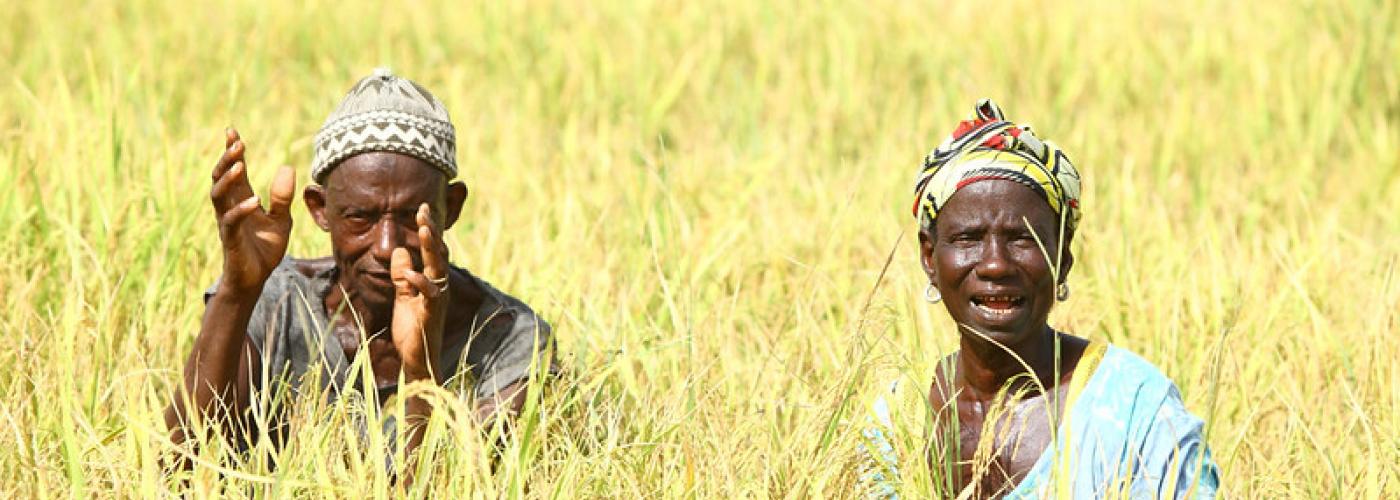How Male Engagement in Savings Groups Can Contribute to Financial Inclusion and Women's Empowerment
Image

This resource was originally posted by The Mango Tree. It was authored by Ashley Wheaton from the SEEP Network.
Worldwide, about 80 percent of Savings Group members are women (SAVIX 2019). Gendered participation rates in Savings Groups mirror those of the microfinance sector, which set a precedent of emphasizing women as financial agents from its outset in the late 1970s. For advocates of women’s financial inclusion, the high ratio of female participation in Savings Groups is positive, as it contributes to addressing the persistent gender gap in access to financial services.
Despite being widely celebrated, the gender ratio in Savings Groups raises several questions:
Gender Dynamics of Savings Group Participation
What explains the stark difference in participation rates among men and women in Savings Groups?
Why do development programs target women as primary beneficiaries?
What about women makes them preferred members of Savings Groups?
Why Engage Men?
What are the implications of low male participation with respect to financial inclusion and women’s empowerment?
What are the reasons to engage men in Savings Groups?
What happens when men are engaged?
Channels for Engaging Men
Should men be engaged as members of Savings Groups, in supportive activities, or both?
What are effective entry points for engaging men?
Examples of Male Engagement in Savings Groups Programs
What has been done so far to engage men in Savings Groups?
The full report is available online or to download below.

